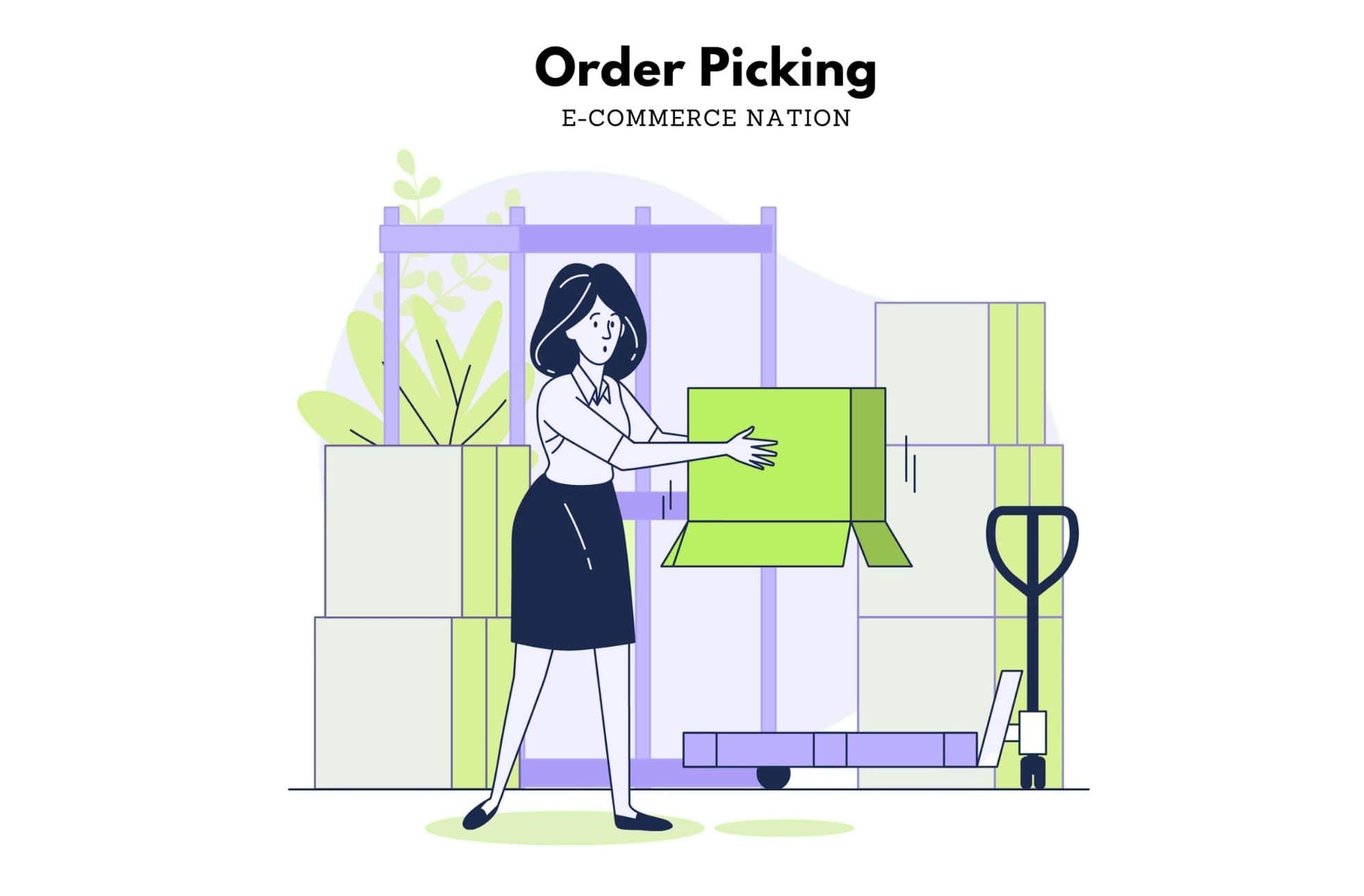Dealing with unhappy customers is one of the most difficult parts of running a business. After all, your goal is to satisfy your customers. When somebody is asking for a refund, it can feel like you aren’t doing a good job.
Don’t get too stressed out about this. It’s actually possible to use your return policy as a way to boost customer loyalty. As counter-intuitive as it seems, the customers who want to return items may become your biggest fans, but this only works if your returns policy is amazing.
Why Returns are so Important
Your returns policy (also, your refund policy) is important because it is your biggest weapon in growing super fans. This is due to a weird fact about the way people think.
If somebody buys your product and has no problems, they will be mildly happy. They got what they asked for and that is that. On the other hand, if somebody has an excellent return and refund experience, they will be ecstatic. It is way more pleasant than they expected.
As weird as it sounds, giving a refund is better customer service than merely selling the product in the first place. The customer who receives a stress-free refund will be amazed at the quality of your brand. After all, most brands make it hard to return products. In comparison, your brand looks like it really cares about the customer.
You might be thinking that this sounds crazy. How could the happy customer be less of a super fan than the one who returned the product? However, studies have shown that solving a problem creates the best brand loyalty.
How an Amazing Returns Policy Impacts Customer Experience
This all comes down to the customer experience. Your end goal is to create as good of an experience as you can.
You don’t want your customers to return your products. It’s an obviously bad business model to try and give away a bunch of refunds to build customer loyalty. The point isn’t to give away more refunds than you need to. The point is that if people are going to return products either way, you may as well get something good out of the experience.
No matter how good your product is, somebody will want to return it. Will that person love or hate your brand? It all comes down to the experience of returning the product.
Remember that customers who return products are often the loudest people in the marketplace. They will go on Facebook and tell all their friends about their good or bad experience. Make sure they are happy to facilitate great word of mouth advertising.
How to Write a Returns Policy that Gains Customer Trust
Having a clear and logical returns policy ultimately legitimizes your online store. When writing this policy, think about a few things:
- What would I want as a customer of my own store?
- How can I offer more value?
- Is this policy feasible for my e-commerce?
- Does this make sense for me and my customer?
When writing a killer returns policy, these are the questions you need to ask yourself. There’s no point in offering a free-refunds-no-matter-what policy if you can’t hold up your end of the bargain (which can have the opposite effect to what you wanted, which is great PR). Ask yourself if it makes sense and if it’s something you can maintain in the long run. In any case, here are a few tips you should follow to make your returns policy coherent with your e-commerce.
Make it clear
You must make your return and refund policy clear and in plain language. Do not leave anything up to the imagination.
Outline what your customer is expected to do in order to return their product. Should they keep it in the original packaging? Will you accept it if it’s been opened? Should it be in the same condition as when they bought it? What are the conditions that would make you accept the return and refund- are there conditions? What time frame do your customers have to return the product, and do they have special instructions?
Once you’ve outlines what your customer is expected to do, it’s quid pro quo. Detail exactly what your customer can expect you to do for them to make this right. Are you going to offer a free refund? Will you pay for the shipping for the customer if they have to send it back? Will you provide store credit in lieu of a full refund?
Make it visible
![[BONUS Returns Policy Template] How to Write a Killer Returns Policy that Boosts Customer Loyalty](https://ecommerce-nation.com/wp-content/uploads/2021/11/BONUS-Returns-Policy-Template-How-to-Write-a-Killer-Returns-Policy-that-Boosts-Customer-Loyalty-1024x486.png)
![[BONUS Returns Policy Template] How to Write a Killer Returns Policy that Boosts Customer Loyalty](https://ecommerce-nation.com/wp-content/uploads/2021/11/BONUS-Returns-Policy-Template-How-to-Write-a-Killer-Returns-Policy-that-Boosts-Customer-Loyalty-1-1024x503.png)
For example, if you give full refunds within 30 days, print it right on top of the invoice. Everybody who buys something will see your policy. If your return policy is extraordinary, you can go even further and feature it on your home page, like ASOS:
Another great example is ModCloth which presents their returns policy on the bottom of each page:
The point is, don’t make your customer go on a scavenger hunt in order to find your returns policy. First-time customers are likely to check your returns and refunds policy before they purchase from your store, so make sure it’s visible where they would need to find it (in product pages, at the order confirmation page, on your home page or in the main menu).
Keep your staff educated
Be sure to keep your employees informed. After all, it’s the people working the customer support lines that will ultimately handle these return requests. Let them know that they have the authority to treat customers with respect by issuing refunds, and make sure they’re up to speed on your returns policy. The last thing you want is an employee who doesn’t have the power to make your customer happy.
Make sure your returns policy is adapted for ALL of your customers
If you sell cross-border, it’s silly to hold international customers to the same standards as your domestic customers. For example, you might expect a domestic customer to return the product within 14 days, but this wouldn’t be feasible for a customer sending from across the world. If you sell internationally, make sure you have a coherent returns policy for your cross-border customers as well. As usual, its important to localize your returns policy as you would with the rest of your online store.
Your Returns Policy Template
If you aren’t sure how to craft your returns and refunds policy, start by thinking about your options.
You need to decide the following information: How long do customers have to return the product? Under what conditions can they return it, such as if it’s opened or already used? In the event of a return, what kind of refund to they get? Is it cash or store credit? Do you offer a full refund, or a partial refund?
These variables will vary from business to business. There is no perfect answer. After you answer all of these questions, you can use them to fill out this simple return policy template:
Download your own returns policy!
That’s pretty much it. This template is very short and to the point, because there isn’t too much to say. Your customers just want to know what to do if they need a refund.
Happy Customers
If you successfully create and implement a generous refund policy, your customers will love you for it. They will feel comfortable giving you money.
Don’t think about this in a short-term way. Look at your return policy as a two year plan, designed to rev up your business for the long run. Sure, you might lose a few bucks on a few transactions. That should be pocket change compared to the benefit of having happy customers.
Think big and aim to be as generous as you can be. Your customers will notice the difference.





